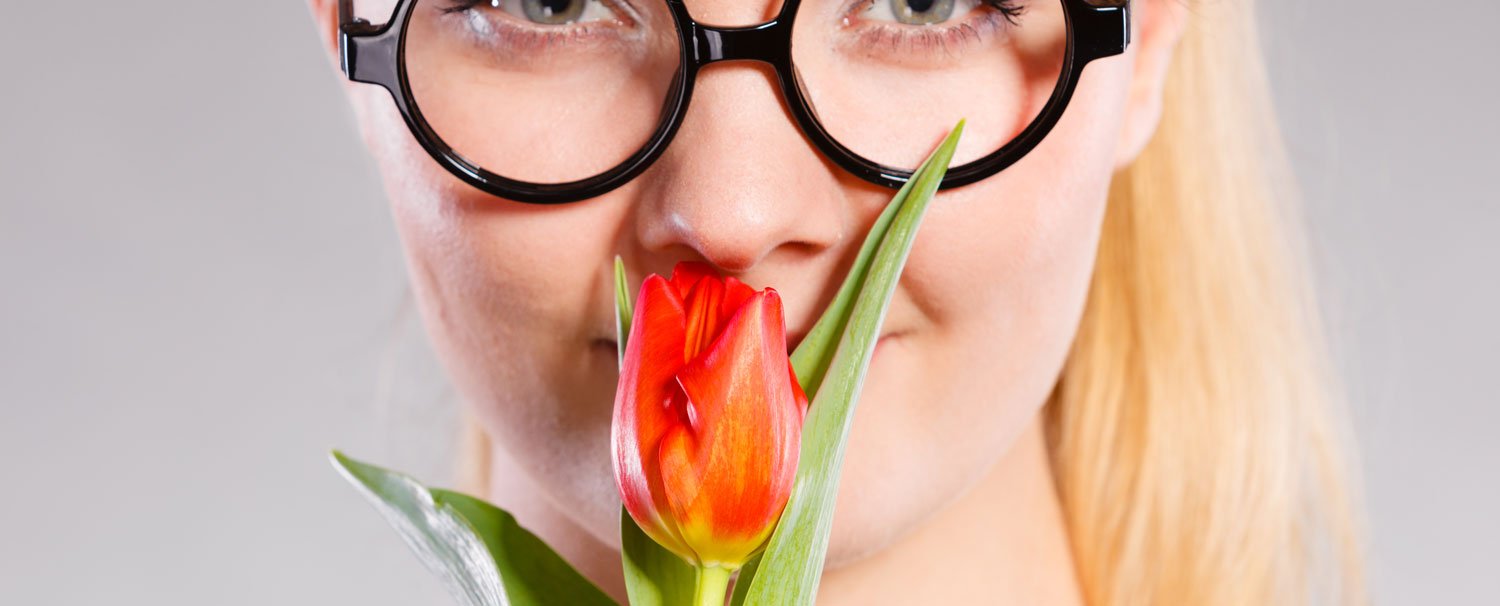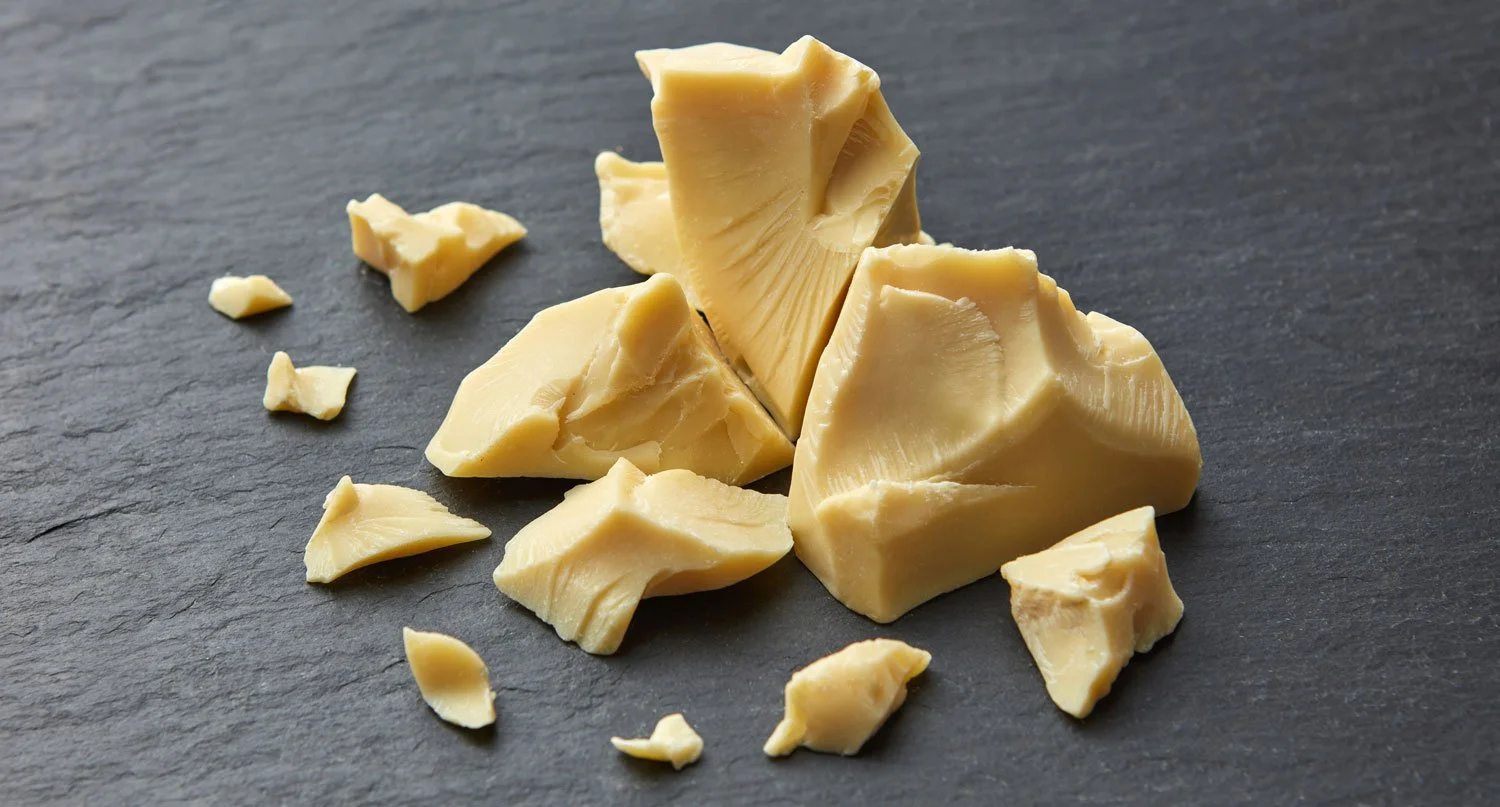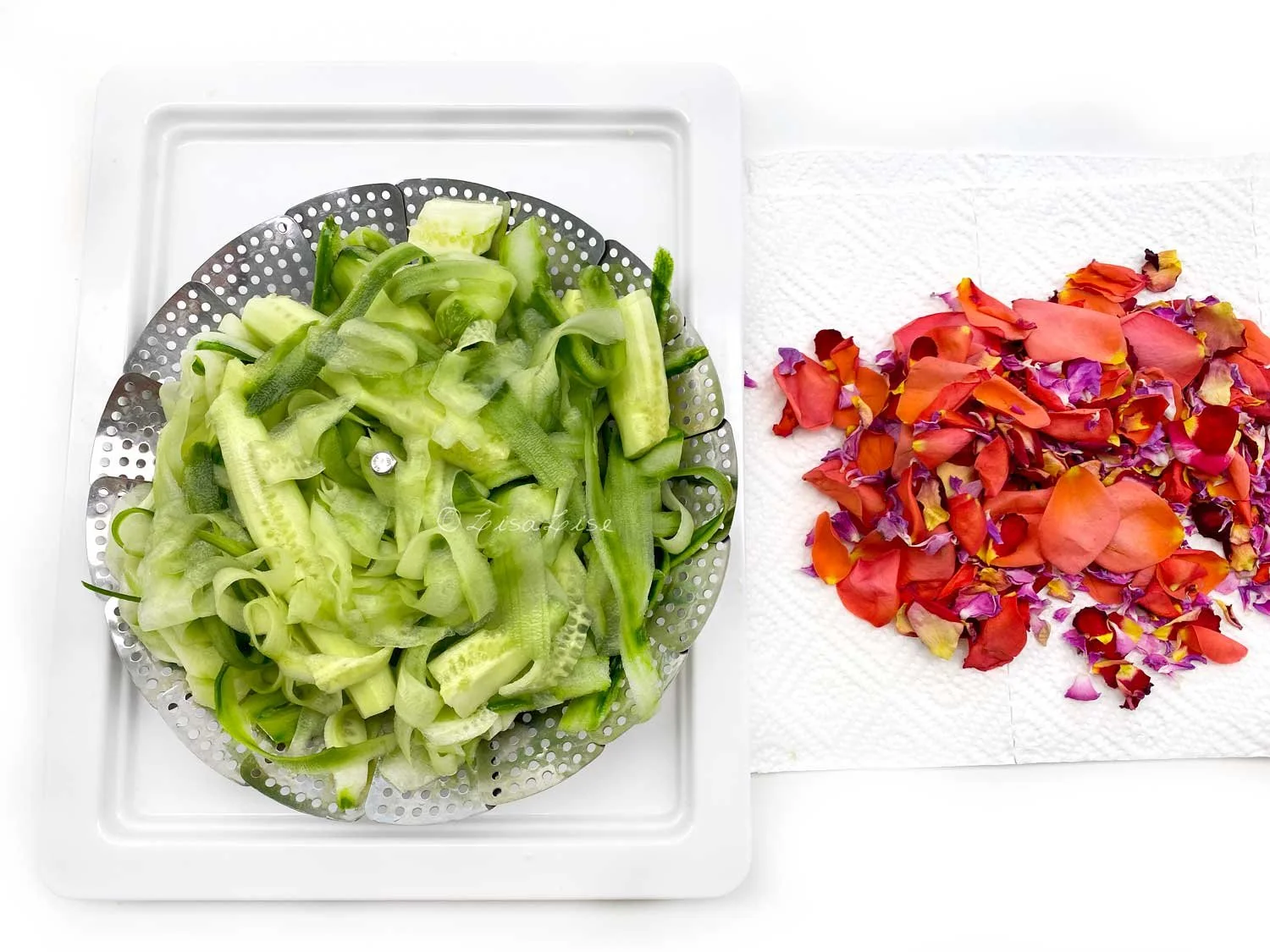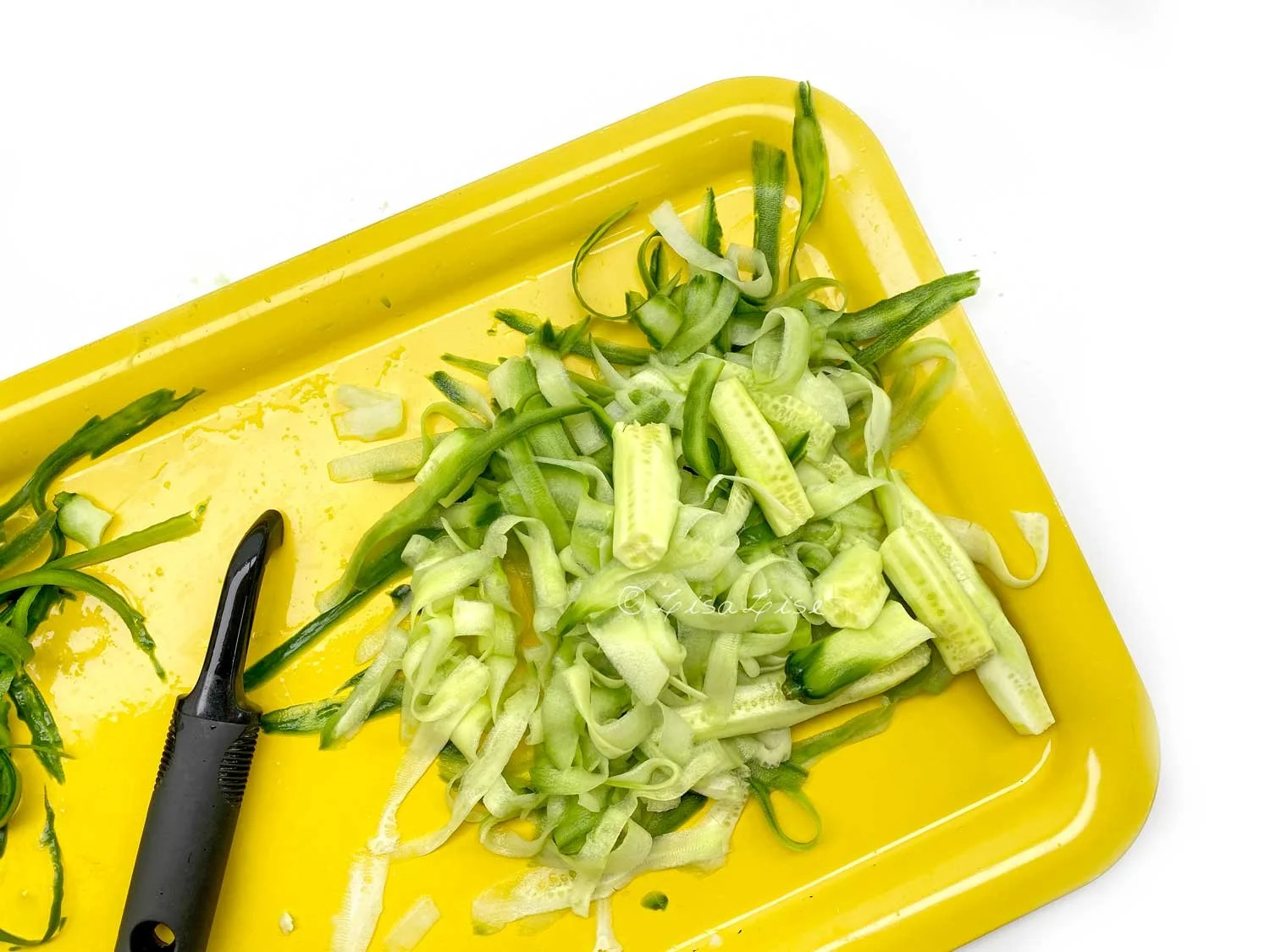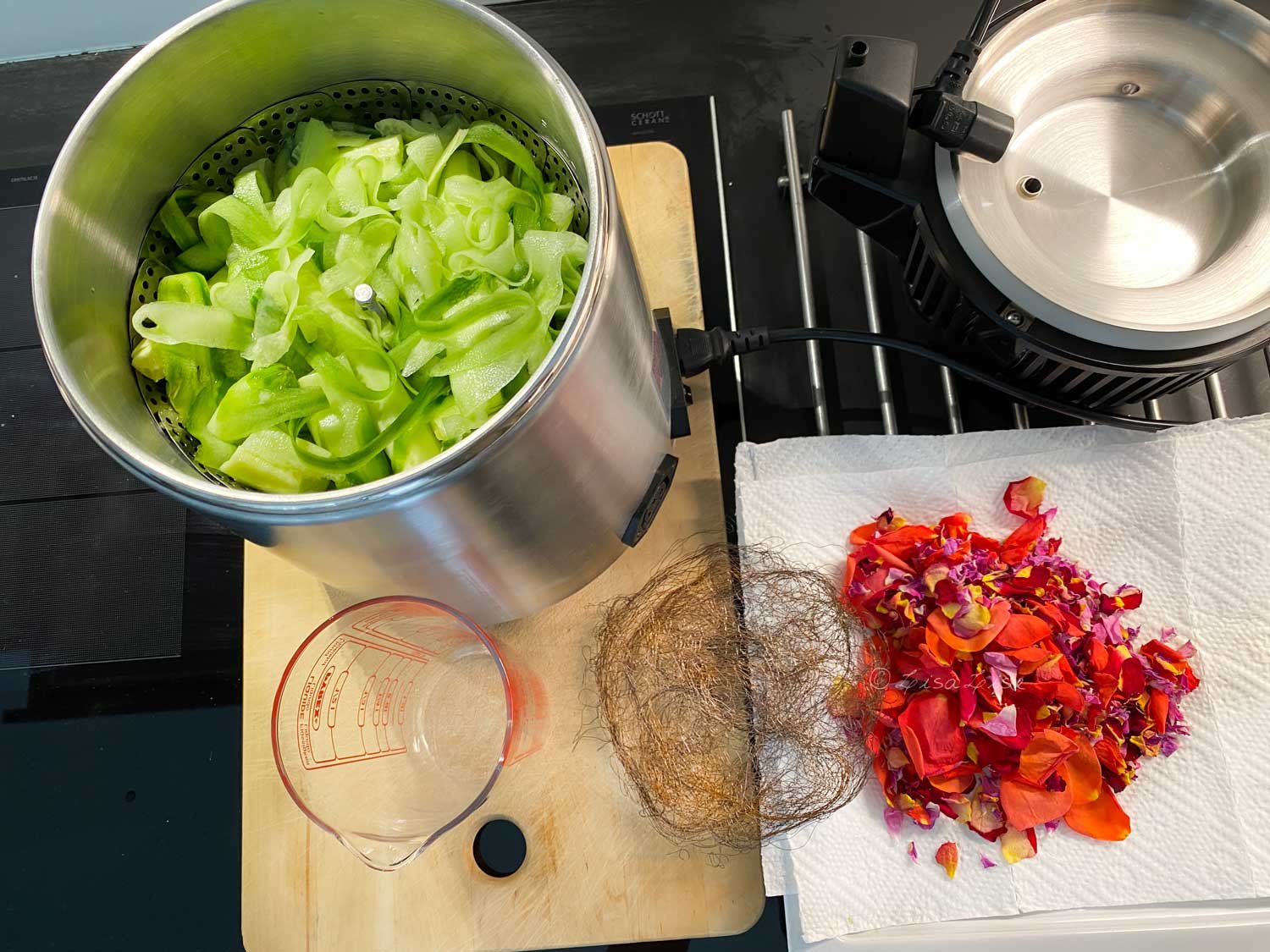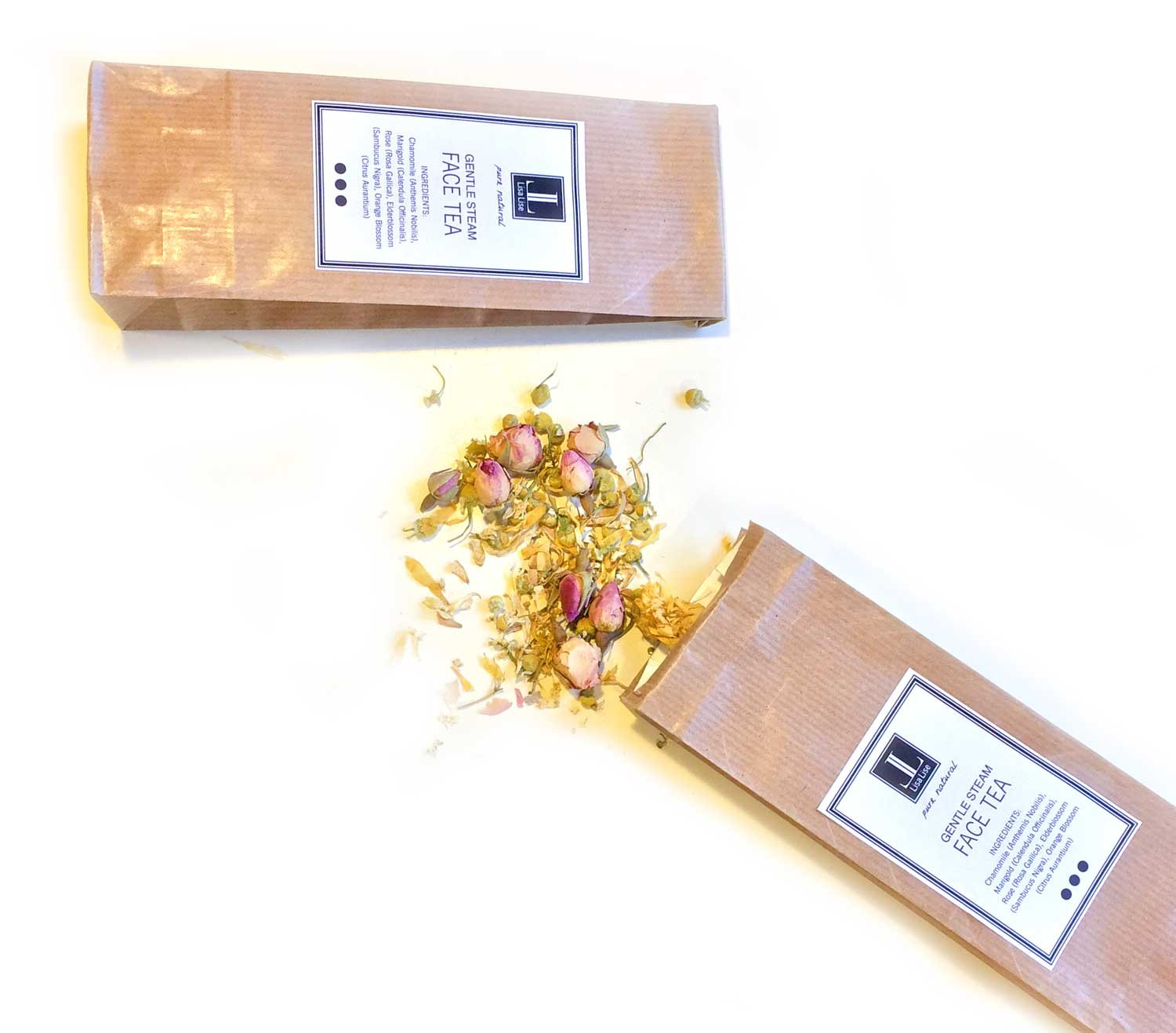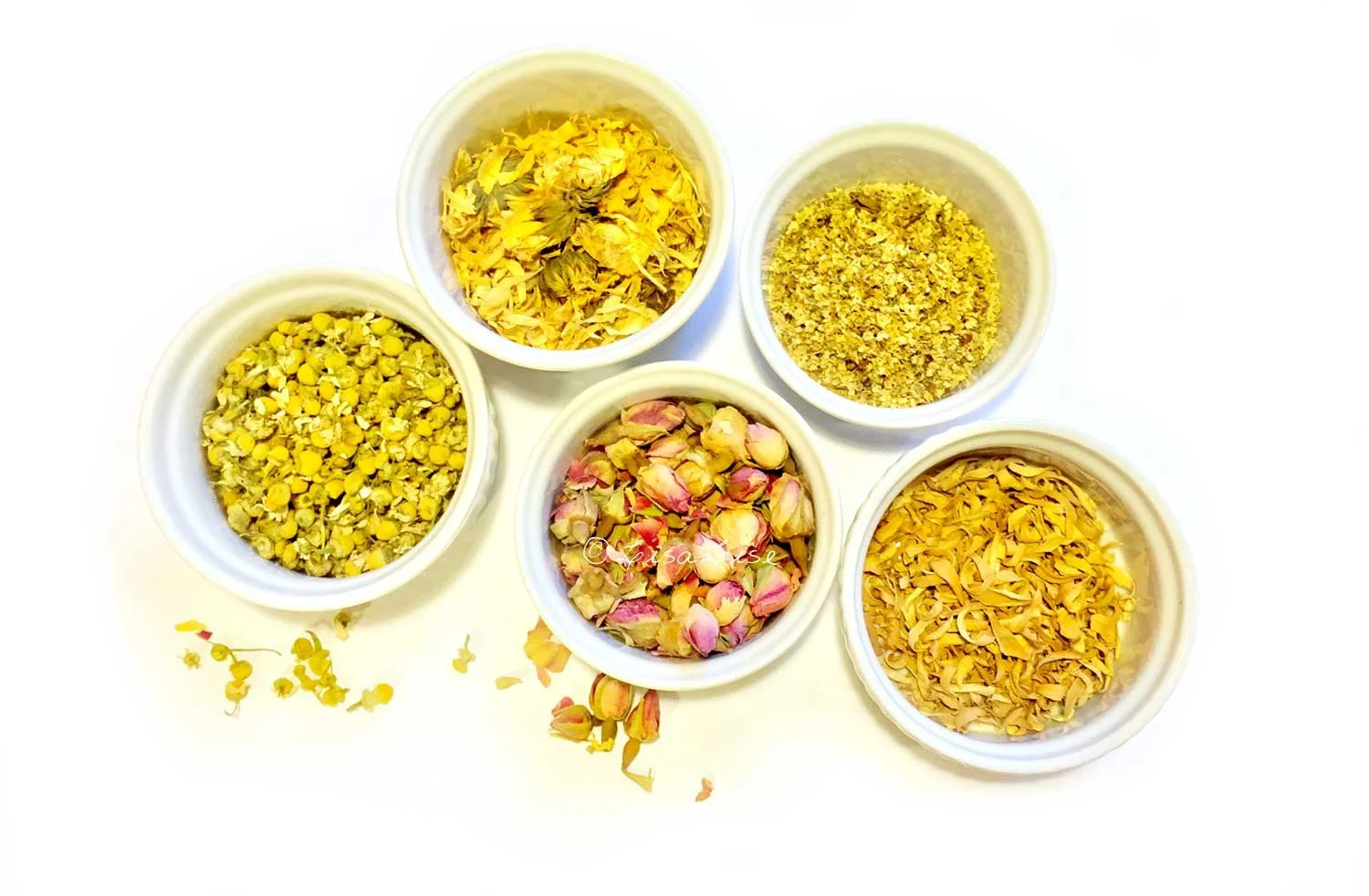How to Work With Stinky Ingredients
Lise
Working with plant-based ingredients has its occasional challenges. Some of the ingredients I work with have an inherently heavy, sharp, pungent, musky, or otherwise less than appealing scent.
Ok, that was the diplomatic description.
Some of them are so stinky there is instant nose-wrinkling and the instinctive pull-back when the seal is broken and the package is opened.
Yes, that stinky.
At the same time, some of them have all kinds of skin-loving goodness to offer, so they cannot be disregarded.
Choices must be made.
The Stinky Conundrum
So, how shall we solve this stinkiness? Shall we mask the odor?
Perhaps just replace the ingredient?
There's also 'the industry maneuver' (my term) which consists of using such a small amount of the ingredient that it won't be discernible to the nose. This is common practice in many commercially manufactured cosmetics and is also referred to as a 'tip-in'.
Using an ingredient as a tip-in is great for marketing purposes, but the downside is – of course – having to live with the fact that the ingredient won't do a dang thing because there's such a teensy tiny amount in the product (0.05%) that it might just as well not be there at all.
So, maybe we should give up and dump the stinky ingredients entirely?
Or.
Maybe we could figure out how to incorporate the smelly things in such a manner that the end product doesn’t insult the nose.
Maybe we can even make the end product a delight to the nose?
Considering the Synthetic Factor
In truth, it's relatively easy to mask even the stinkiest ingredients by using a synthetic scent. Think of detergent. Without the addition of (a synthetic) perfume, most household cleaning agents are, to put it politely, downright foul smelling.
Grabbing a bottle of fragrance would be the most obvious and easiest choice, but I have a problem with that as I am not a fan of synthetic perfumes.
Ok that was the diplomatic description.
In truth, I find (almost all) synthetic fragrances worse than the stinkiest ingredients I work with. Despite several attempts, I cannot bring myself to work with them. This might be due to a perfume allergy (I've never been tested, so I can't say for sure), but it could be because of my lifelong inherent aversion to anything synthetic.
What’s the Stinkiest?
A while back, I asked a few fellow formulators if there were any particular ingredients they would categorise as stinky and hard to work with.
There was a literal flood of replies.
Here are the stinky winners
Neem oil (the all time winner and receiver of most votes)
Cocoa butter
Unrefined shea butter
Lanolin
Wheat germ oil
Argan oil
Carrot seed oil
Tamanu oil
Pomegranate Seed Oil
Evening Primrose Oil
Raspberry Seed Oil
Kelp Powder
Spirulina
Tea Tree Essential oil
Valerian Essential Oil
Soapnuts
These ingredients all have wonderful properties that are difficult to simply disregard. So, how do we deal with all this stinkiness?
We Take Stinkiness into Account
After years of trial-and-error, it has become second nature to me to take the inherent stinkiness of some ingredients into account when creating a formula.
Even though there are some limitations, it is possible to 'bend' a stinky ingredient (or 2) into something entirely pleasant with no need of masking the smell.
The secret is deceptively simple: work with, not against.
Get your perfuming nose on and get ready to include said stinky ingredient as part of the fragrance.
You doubt?
It's perfectly ok. I didn't think it was possible in the beginning either.
To get busy, we need to do a bit of nose exercise (and no, you don't need to learn how to wiggle your nose).
How To Get Your Perfuming Nose On
This is a relatively simple exercise, but does require your full attention and concentration.
Your nose may be a little offended at first, but will probably surprise you with hidden secrets sooner than you expect.
The object of this exercise is to train your nose to pick out the components of (any) fragrance.
Choose an ingredient. Don't start with the absolute stinkiest ingredient, but choose one you perhaps find a bit challenging. For example, if you have an ambivalent relationship with the scent of unrefined shea butter, start there.
Sniff the ingredient until your nose is thoroughly acquainted with it.
Alternate between sniffing the ingredient and sniffing fresh air.
Continue for a few minutes and you will start to discover the 'undertones' and 'overtones' of the scent. Is there a muskiness in the background? Is it slightly woodsy? Nutty? Fruity?
Identify the components as best you can and write down your impressions.
At one point, your nose is going to ‘sign off’ and that will be your signal that this session has ended.
Wait at least an hour before continuing.
It will probably take a few sessions, but I’m pretty sure it won't be long until you have dissected the scent and can begin to work with it. If there is a musky undertone you find unappealing, the addition of a woodsy fragrance can synergise and 'bend' the scent in an entirely different (and more pleasing) direction.
I admit this takes a bit of practice, but I also know you can totally do this. I think you will surprise yourself at how quickly your nose is able to 'dissect' what you are sniffing. Keep at it and you will discover how easy it suddenly is to dissect the components of a wine, perfume, or any dish.
Let’s Take Cocoa Butter
When you've been exercising your nose and making all kinds of amazing discoveries at how clever your nostrils are at picking out subtle details and undertones, you can move on to this exercise.
We're going to 'bend' the scent of an ingredient that made it quite high up on the list of stinky ingredients in my impromptu poll: cocoa butter.
It almost seems unfair to call it a stinky ingredient. Most people love the smell and taste of a chocolate bar. I know I do. I actually also love the scent of cocoa butter if I am thinking of dessert. But right now, we're putting it on our skin. And not everyone wants to smell like dessert all day.
As delicious and chocolatey as unrefined cocoa butter might smell in the container, it can be downright overpowering when it is applied to the skin in a leave-on product.
In a body butter, non-chocolate-tasting lip balm, or any other water-free product, cocoa butter can have an uncanny ability to take over the entire fragrance profile and become both heavy and cloying.
How to include cocoa butter as a component of our fragrance? Here's a little exercise on how to do just that.
Cocoa Butter Base Note Exercise
For this exercise, you’ll need
Unrefined cocoa butter
Essential oils
Any infused oils you might want to include
Method
Have your essential oils at room temperature
Gently melt 5 grams (a teaspoon) of cocoa butter in a small glass container (5 grams for each scent you want to create).
Sniff the cocoa butter. Note the properties: heavy, creamy, and chocolate-like. This is the base note from which you shall create your fragrance.
The next step is to decide which direction you want to take this base. Here are a couple of examples to help inspire.
Woodsy : For a woodsy scent, add a component such as cedarwood, rosewood, petitgrain, or sandalwood. A combination could also be used. Round out the blend by introducing an element of citrus freshness – bergamot, mandarin, blood orange, grapefruit, or lemon could all be considered.
Oriental : To bend your cocoa butter in a more exotic direction, add myhrr or frankincense. Introduce a floral element with rose or geranium, then consider a titch of vanilla to round out the scent and make it deliciously exotic.
Floral : For a floral scent, start with a woodsy component to anchor the cocoa butter (cedarwood might be great here). Then add some rich, dense florals such as geranium or rose. Lighter florals risk being 'buried' in the fragrance profile. Chamomile – with its inherent earthy note – is another possible option. Lavender and/or an element of citrus can be added to round out the scent.
Want to try something else? Go for it! When your nose is 'tuned in', you can create any fragrance combination you think you would like.
Chill, Solidify, and Do a Nose Test
When you have finished your test bowls with essential oils and cocoa butter, pop them into the fridge and let the mixture solidify.
To test the solidified samples, warm the bowl (or solidified cocoa butter) slightly in the palms of the hand and then do a nose test to see if you are satisfied with scent profile. If you are, then you know the EO’s you blended into the sample will in all likelihood be useful for anything you make with cocoa butter
TIP : If you happen to make your own botanically infused oils, these can also be super useful in a fragrance creating setting.
Do Tell
Which scent combos have you tried adding to cocoa butter to create your fragrance? Were you happy with the results? Please share in a comment below.


